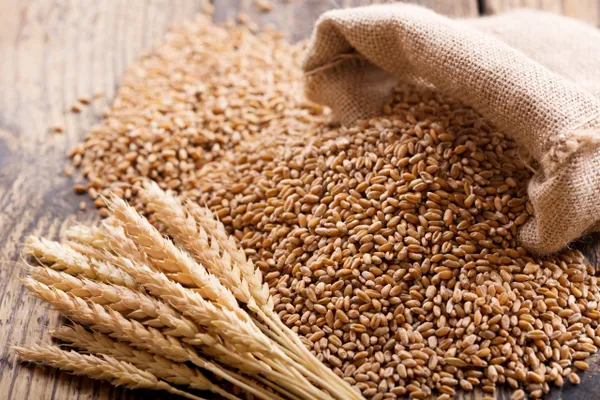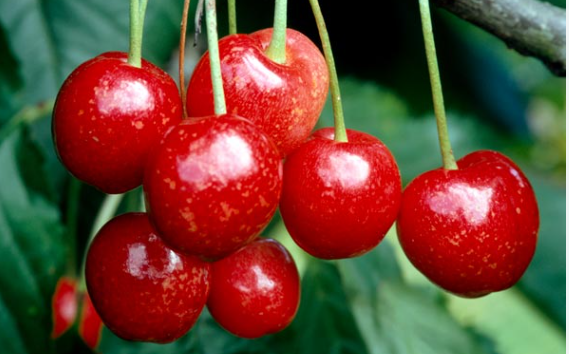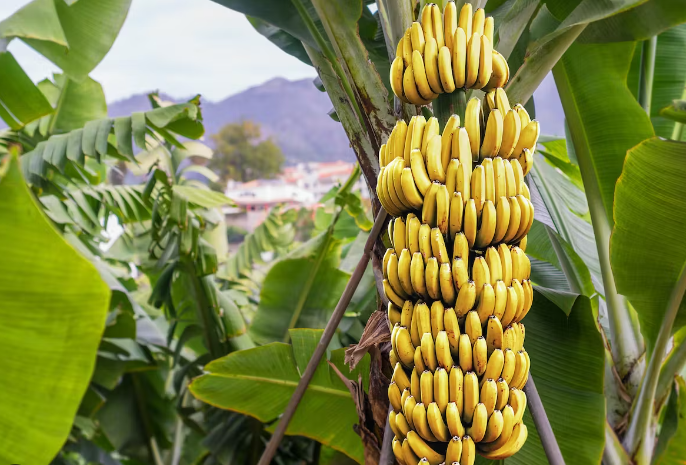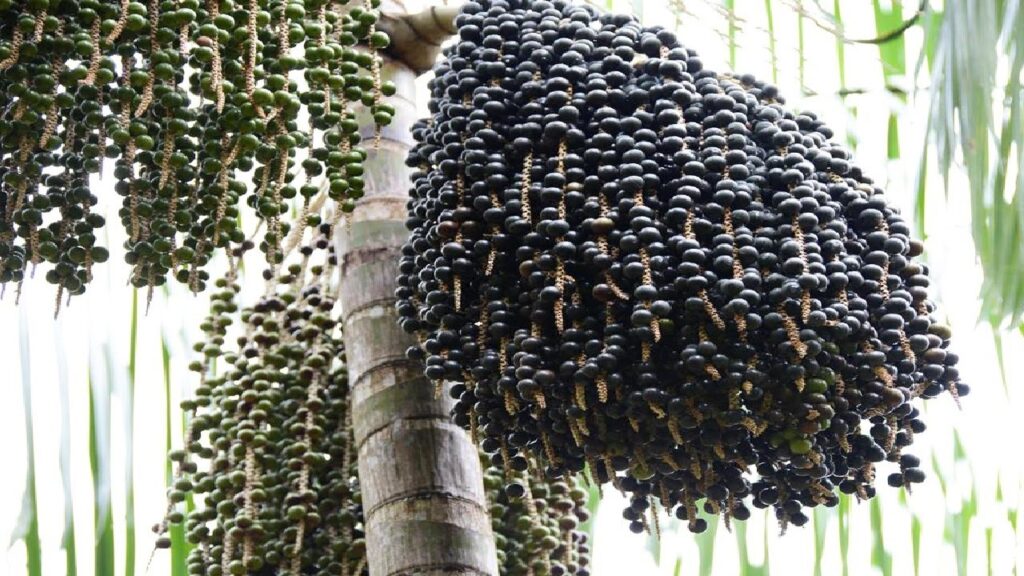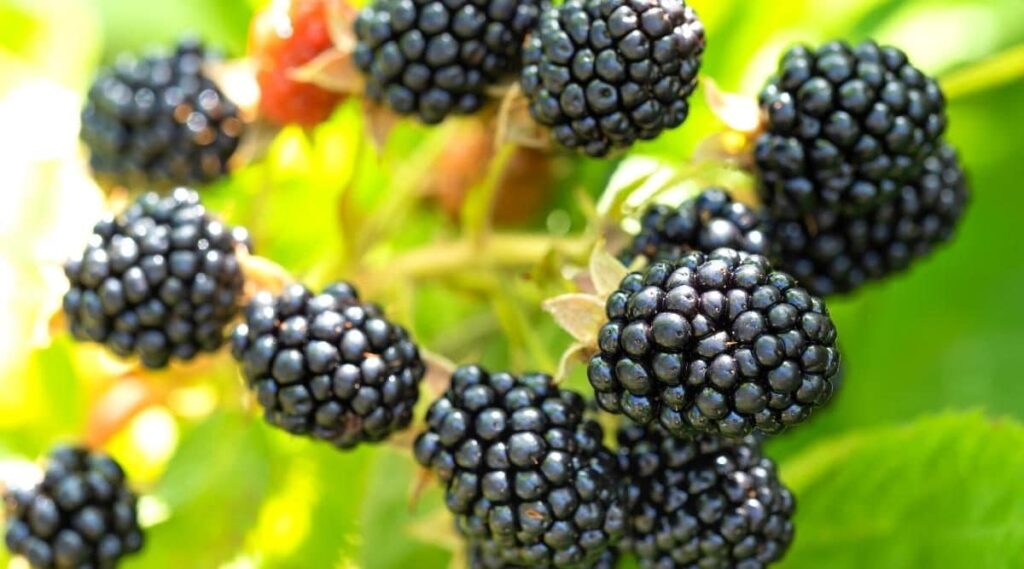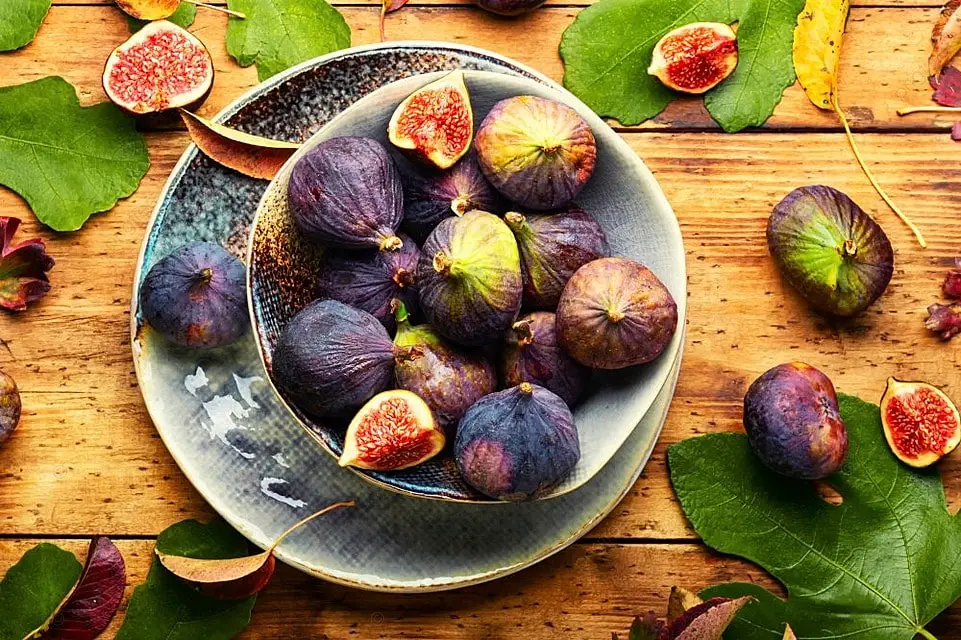Jalapenos are a spicy favorite in many meals, from dips to sandwiches. But you might wonder if they are a fruit or a vegetable. The answer is interesting.
In this article, we’re going to take a good look at what jalapenos really are. We’ll learn about what makes a fruit and what makes a vegetable. Then we’ll see where jalapenos fit in. Ready to find out if jalapenos are a fruit or a vegetable? Let’s go!
Table of Contents
What Are Fruits and Vegetables?
Fruits come from the parts of flowering plants that have seeds. They are often sweet or sour and can be eaten as they are or in sweet dishes. Apples, oranges, bananas, and strawberries are all fruits.
Vegetables are other plant parts—like leaves, stems, roots, and flowers—that we use in our cooking. Vegetables don’t usually have seeds and are often used in savory recipes. Spinach, broccoli, carrots, and tomatoes are vegetables.
But some foods, like jalapenos, aren’t so easy to label. To better understand what jalapenos are, it helps to look closely at their parts and how they grow.
Jalapenos: A Closer Look
Jalapenos are well-loved in Mexican cooking. We usually pick them when they’re green, but they can turn red as they get older. Inside, jalapenos have seeds, which means they are the fruit of the plant they come from. They’re in the same family as tomatoes, eggplants, and bell peppers.
Jalapenos are long and a bit curved, and they’re usually about 2 to 3 inches in length. They have a smooth, thin skin that’s green at first and changes to red. Inside, they’re hollow with lots of seeds and a white, spongy part that makes them spicy.
Even though jalapenos are actually fruits, we often use them like vegetables in recipes that aren’t sweet, such as salsas or stews. This can make it confusing to know what to call them.
Fruit versus Vegetable: What’s the Difference?
Jalapenos are scientifically a type of fruit. But because we use them for their spice in savory dishes, we might think of them as vegetables.
The mix-up happens because “fruit” and “vegetable” mean different things depending on whether you’re talking about plants or food recipes. When it comes to plants, a fruit has seeds and a vegetable doesn’t. But when cooking, fruits are usually sweet and go in desserts, while vegetables are more for main meals.
Some say that because we use jalapenos for spice, they should be called a vegetable even though they are technically fruits. But others believe that we should stick to the plant definition, which clearly says they’re fruits.
Jalapenos in Science and Cooking
Scientists know jalapenos as Capsicum annuum var. annuum. This is the same group that includes other peppers like bell and chili peppers.
In the kitchen, jalapenos are a star in Mexican food. They top tacos, go into salsa and guacamole, and can be stuffed with goodies and cooked for a tasty snack.
But jalapenos aren’t just for Mexican dishes. You can pickle them, chop them into salads, mix them into sauces or soups, and even blend them for spicy jam or jelly.
Whether you treat them as a fruit or a veggie in your recipes doesn’t really matter. What’s important is that they bring flavor and some heat to all kinds of meals.
So, Is a Jalapeno a Fruit or a Vegetable?
By plant science, jalapenos are a fruit because they’re the part of the plant with seeds. But we often use them like a vegetable in cooking. The way we call them can change depending on whether we’re talking about botany or recipes.
Their identity as a fruit or a vegetable isn’t clear-cut. It can depend on the situation and how we’re using them.
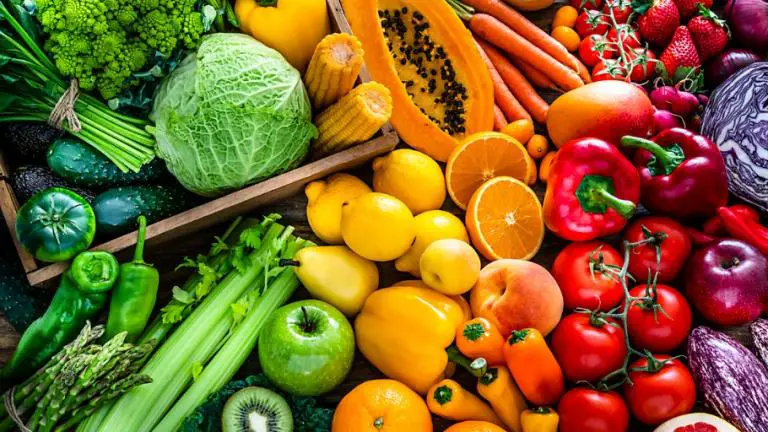
![What Is the National Fruit of Korea And Why? [ANSWERED]](https://fruitonix.com/wp-content/uploads/2023/04/What-Is-the-National-Fruit-of-Korea-And-Why-1024x683.jpg)

